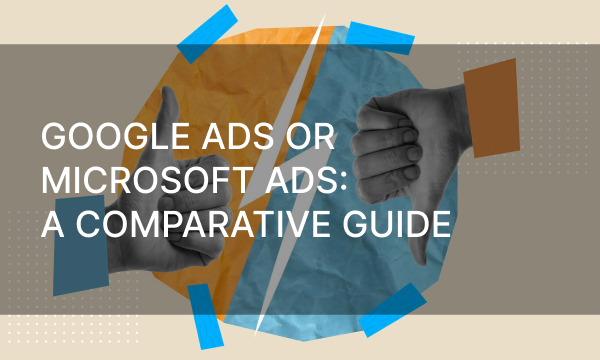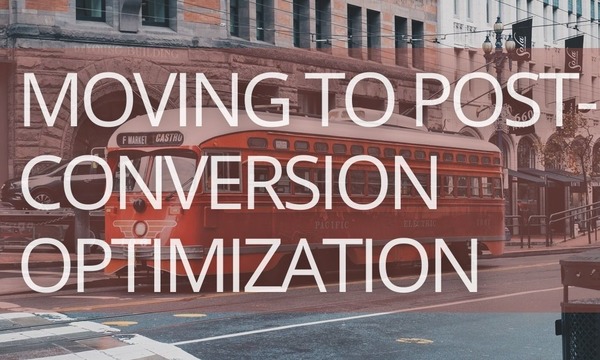In the marketing world, PPC campaigns are supported by countless tools designed to help create engaging and effective ads. Yet, tools alone aren’t enough. Much of your success also depends on adopting proven strategies that have already brought strong results to other marketers. From simple tweaks to more advanced tactics, these practices can strengthen your campaigns, expand your reach, and increase conversions.
15 PPC Practices to Apply Today
1. Implement Dynamic Keyword Insertion (DKI)
Dynamic Keyword Insertion is a feature in Google Ads that customizes your ad copy to match a user’s exact search query. By automatically adjusting to search intent, DKI makes ads feel more personal and relevant.
For example, if your ad category is “cakes” and someone searches for “truffle cakes” or “pancakes”, DKI adapts your copy to fit that query, instantly grabbing attention. This increases conversions, generates more leads, and raises interest in your brand.
In short, DKI helps you:
- Personalize and tailor your ad messaging.
- Improve conversion rates.
- Attract more active and engaged leads.
2. Launch Remarketing Campaigns
Acquiring new customers is important, but retaining past ones can be even more profitable. Remarketing campaigns target people who already know your brand, whether they’ve purchased before or simply engaged with your site.
This warm audience requires less convincing, meaning remarketing campaigns often cost less while yielding higher returns. Regularly re-engage your past customers with offers, reminders, or updates, and you’ll see a significant boost in loyalty and revenue.
3. Use Negative Keywords
Negative keywords filter out irrelevant traffic by excluding searches that don’t align with your offer.
For instance, if you promote extreme activities like cave diving or parachuting, adding words like “relaxing” or “family-friendly” ensures your ads won’t appear to users searching for “relaxing summer activities.” This prevents wasted clicks and focuses your spend on high-intent users.
4. Advertise Across Multiple Platforms
Don’t rely on a single platform. Spreading your ads across different channels increases visibility and allows you to reach audiences who may only use certain networks.
Different platforms also highlight different use cases for your product: one might emphasize professional benefits while another captures personal or lifestyle uses. A diversified presence ensures broader reach and higher ROI.
5. Add Relevant Extensions to Ads
Even strong ads can fall flat without additional details. Extensions act as helpful extras that make your ads more informative and appealing.
Common options include:
- Call buttons with phone numbers for quick contact.
- Extra links to specific landing pages.
- Promo offers to sweeten the deal.
- Location details for nearby stores.
Well-chosen extensions answer customer questions in advance, make ads more clickable, and help your business stand out.
6. Target Competitors’ Alternatives
Standing out in a crowded market often means addressing your competitors directly. Research rival businesses, analyze their weaknesses, and position your product as the better solution.
This tactic not only highlights your strengths but also draws the attention of users already looking for alternatives in your niche.
7. Leverage Long-Tail Keywords
Long-tail keywords are highly specific phrases (three words or more) that capture niche audiences with strong purchase intent.
They’re less competitive, cheaper to bid on, and often yield higher click-through rates. While broad keywords cast a wide net, long-tail keywords attract smaller but more conversion-ready audiences.
8. Optimize Landing Pages for Mobile
Nearly half of web traffic comes from mobile devices, yet many businesses overlook mobile optimization. If your ads are strong but your landing pages are clunky on mobile, you’ll lose potential customers instantly.
Ensure your landing pages are fast, responsive, and user-friendly across devices. Mobile optimization isn’t optional – it’s essential.
9. Regularly Update and Optimize Your Website
Your website functions as an ongoing ad for your business. If it looks outdated, visitors may leave quickly and turn to competitors.
To keep your site aligned with campaigns:
- Update content with fresh offers, events, or news.
- Make sure it’s responsive across all devices.
- Consider rebranding visuals or layouts if it feels stale.
Consistency between ads and your site experience builds trust and improves conversions.
10. Plan Realistic Budgets
Effective PPC requires careful budgeting. Overspending can lead to losses, while underspending may limit results.
Base your budget on specific goals, whether increasing sales, promoting a launch, or building awareness. Rational, goal-based planning ensures your ads generate the best return without unnecessary costs.
11. Focus on Application-based Targeting
Beyond features, customers care about how a product fits into their lives. Highlight practical applications and even unconventional use cases to capture interest.
For example, brainstorm all potential uses, analyze related search terms, and create test ads. You’ll likely uncover new angles that broaden your appeal and resonate more strongly with buyers.
12. Conduct Regular A/B Testing
A/B testing remains one of the most effective ways to refine campaigns. By comparing versions of ads, keywords, or audience segments, you’ll identify weaknesses and discover what works best.
Make testing part of your regular routine, weekly or monthly. Continuous adjustments ensure steady performance improvements.
13. Explore Google Analytics 4 (GA4)
GA4 offers deeper insights and AI-powered recommendations that help automate campaign decisions. While learning the platform takes some effort, its analytics and automation features can greatly enhance your PPC outcomes.
That said, avoid relying entirely on automated suggestions. GA4’s insights are useful but based on past trends – balance them with your own testing and creativity.
14. Use AI Tools Wisely
AI-driven tools save time, streamline processes, and reduce manual work. However, relying on them completely can make campaigns too generic.
Automation should handle technical tasks, while human input fine-tunes creativity, psychology, and brand voice. Use AI as a supportive tool, not a replacement for strategic thinking.
15. Create FOMO in Your Marketing
Fear of Missing Out (FOMO) is a powerful motivator. Ads that suggest exclusivity, limited-time offers, or social belonging push users to act quickly.
Associating your brand with urgency or desirable experiences doesn’t just increase sales, it also strengthens your overall brand image.
To Summarize
We’ve covered a wide range of PPC practices, from technical tools like GA4 and DKI to psychological tactics like FOMO. Each offers unique benefits, but the key takeaway is this: never stop experimenting.
Reliable strategies provide stability, but innovative tactics often deliver breakthroughs. By balancing both, you’ll keep your campaigns fresh, competitive, and profitable.



